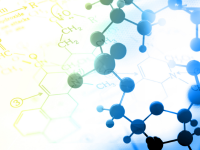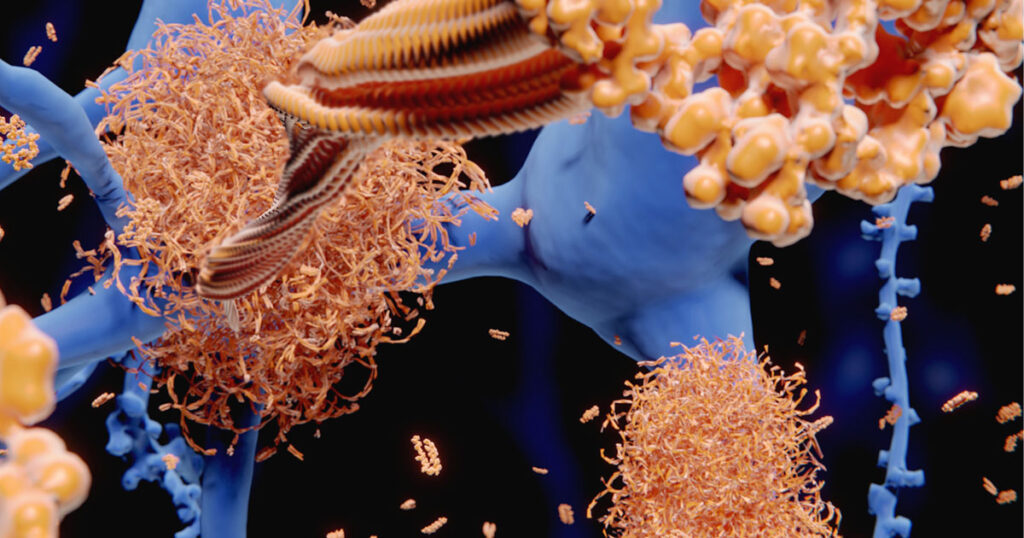Unraveling the Molecular Complexity of Peptide Bonds
In the intricate landscape of biochemistry, peptide bonds stand as fundamental entities, facilitating the formation of peptides, the cornerstone of biological macromolecules.Let us embark on a scientific journey to elucidate the profound significance of them in cellular processes and molecular interactions.
Understanding Peptide Bonds: The Molecular Linkages of Proteins
Peptide bonds, also known as amide bonds, serve as the covalent linkages that connect individual amino acids within polypeptide chains. These bonds form through a condensation reaction between the carboxyl group of one amino acid and the amino group of another, resulting in the release of a water molecule.
Structural Implications
The unique structural characteristics of these bonds confer stability and rigidity to polypeptide chains, dictating their three-dimensional conformation and functional properties. The planar nature of them restricts rotational freedom around the bond axis, leading to the formation of distinct secondary structures such as alpha helices and beta sheets.
Biological Significance
These bonds play a pivotal role in the structure, function, and regulation of proteins, the molecular machines that orchestrate virtually every biochemical process in living organisms. They contribute to the folding and stabilization of protein structures, enabling them to perform diverse biological functions with remarkable precision and specificity.
Peptide Bonds in Protein Synthesis
During protein synthesis, peptide bonds are formed sequentially by the ribosome, a molecular complex composed of ribosomal RNA and protein subunits. This process, known as translation, involves the stepwise assembly of amino acids into polypeptide chains based on the sequence of nucleotides in messenger RNA (mRNA).

Dynamic Interactions
Beyond their static role in protein structure, peptide bonds participate in dynamic interactions with other molecules, including enzymes, ligands, and cofactors. These interactions mediate essential biological processes such as enzymatic catalysis, molecular recognition, and signal transduction, underscoring the versatility and adaptability of peptide bonds in cellular physiology.
Peptide Bonds as Molecular Foundations of Life
In conclusion, peptidebonds represent the molecular glue that holds the fabric of biological systems together, facilitating the assembly, organization, and function of proteins essential for life. Their intricate chemistry and profound biological significance underscore their status as indispensable entities in the grand tapestry of molecular biology.




